Understanding the various soil types is crucial for any gardener looking to maximize plant growth. Identifying your soil type helps in developing tailored improvement strategies. Simple tweaks can lead to significant improvements in soil health, which translates to healthier and more robust plants. This guide covers everything from basic soil composition to practical methods of enhancement that anyone can implement.
The Basics of Soil Composition
Soil is a crucial component of gardening, playing a significant role in plant health. It is formed by the weathering of rocks and the decomposition of organic material over time, creating layers known as soil horizons. Soil composition is typically made up of four main components: minerals, organic matter, air, and water.
Minerals in soil are derived from the parent rock and are categorized into three sizes: sand, silt, and clay. These particles determine soil texture, affecting water retention and drainage. Sand grants excellent drainage but poor nutrient retention, silt holds nutrients well and has moderate drainage, and clay retains nutrients effectively but drains poorly.
Organic matter includes decomposed plant and animal material that enriches the soil with nutrients. This component fosters the growth of soil organisms like earthworms and microorganisms, crucial for breaking down organic matter further and enhancing soil fertility.
Soil air is vital for plant roots and microbes to respire. It consists of gases like oxygen and nitrogen, and its balance is essential for healthy plant growth. Aeration, achieved through tilling or using organic mulch, helps maintain this balance.
Water in soil is held in pores between particles, essential for transporting nutrients to plant roots. However, the amount of water soil can hold varies based on its texture and structure. Well-structured soil features a balance of soil particles, allowing for optimal water retention and drainage.
The Importance of Soil pH
The pH level of soil is a measure of its acidity or alkalinity. It influences the availability of nutrients and affects the overall health of plants. Most garden plants thrive in a slightly acidic to neutral pH range, typically between 6.0 and 7.5. Testing and adjusting soil pH as needed can ensure an optimal growing environment for your garden.
Identifying Your Soil Type

One of the vital steps in optimizing your garden is to properly identify your soil type. Understanding the characteristics of your soil can help you decide on the best plants and any enhancements needed for successful growth.
To begin with, conduct a simple texture test on your garden soil by moistening a small amount of soil and rolling it in your hands. If it forms a sticky ribbon, you likely have clay soil. If it feels gritty and breaks apart easily, it’s likely sandy soil. Soil that feels smooth and is easy to shape could be loamy.
Furthermore, using a pH test can reveal if your soil is acidic, neutral, or alkaline. These chemical properties affect nutrient availability. You can use a DIY kit or send a sample to a local agricultural extension for analysis.
Also, observe the drainage capabilities of your soil by digging a hole about a foot deep and filling it with water. If the water drains in less than four hours, the soil drains well; if it takes longer, it likely lacks sufficient drainage.
Feel free to audit the soil’s organic material. Rich, dark soil with visible organic debris often indicates a healthy top layer. Additionally, the presence of earthworms is usually a positive sign, indicating an active and healthy soil ecosystem.
Utilizing these methods can provide a comprehensive understanding of your garden soil, enabling you to make informed decisions to enhance its productivity.
Effective Methods to Improve Soil
Understanding Soil Types
For gardeners, knowing the various soil types is crucial. Each type impacts plant growth differently. Clay, sand, silt, peat, chalk, and loam are the six primary soil types. Clay soil is heavy and holds water well but can become compacted. It’s rich in nutrients but can hinder plant roots if not aerated. Sandy soil drains quickly, leaving plants thirsty and devoid of nutrients. It warms up fast, beneficial in cooler climates. Silty soil is fertile and holds moisture, making it ideal for most plants but can be easily compacted. Peat soil is rich in organic matter and retains moisture effectively, helping plant growth. Chalk soil is alkaline, which may affect nutrient availability. It’s free-draining but may require soil amendments. Loam soil combines clay, sand, and silt, providing balanced properties making it ideal for gardening.
Improving Soil Effectively
- Amend with Organic Matter: Adding compost or well-rotted manure improves soil structure, enhancing water retention and fertility.
- Implement Crop Rotation: Change plant types yearly to prevent nutrient depletion and reduce pest buildup.
- Utilize Cover Crops: Cover crops like clover enrich the soil with nitrogen and prevent erosion.
- Aerate the Soil: Occasional tilling or using aeration tools prevents compaction, especially in clay and silty soils.
- Use Mulch: Mulching helps in maintaining moisture, regulating temperature, and adds nutrients back to the soil as it decomposes.
- Test Soil pH: Knowing and adjusting your soil’s pH improves nutrient availability, aiding plant health.
Common Mistakes and How to Avoid Them
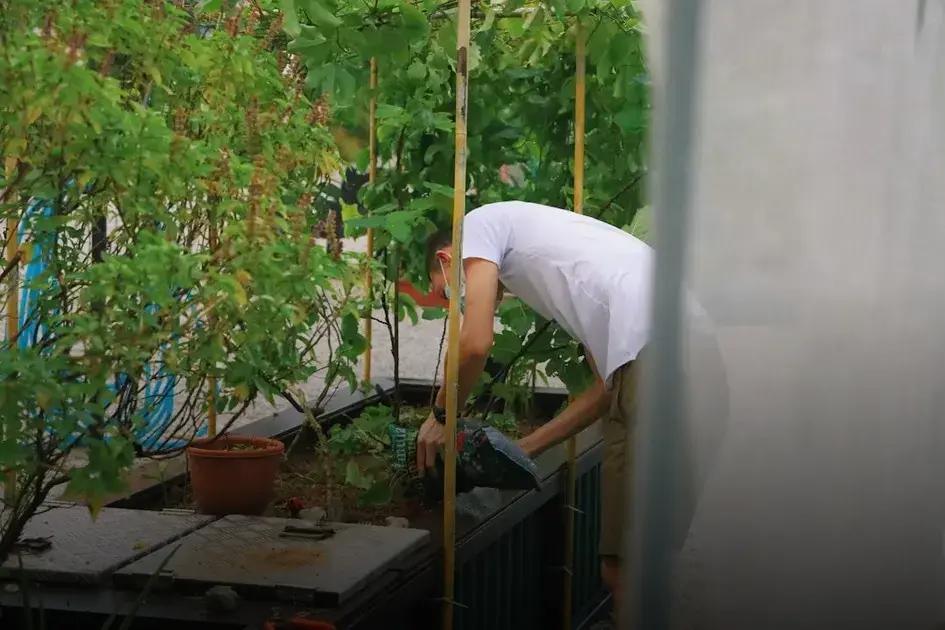
Common Mistakes and How to Avoid Them
When trying to understand soil types to enhance your garden, it’s important not to fall into some common traps. One major mistake is neglecting to test your soil before planting. Without testing, you won’t know the specific needs of your soil, which can lead to poor plant growth.
Another frequent error gardeners make is overwatering. Different soil types have varying water retention capacities. Clay holds water more effectively than sandy soil, so understanding how much water your soil can handle is crucial.
Many gardeners also misuse fertilizers. Applying too much or too little can harm plant growth. It’s essential to follow recommendations based on your soil’s specific nutrient deficiencies.
Furthermore, ignoring the role of organic matter can leave your soil depleted. Organic matter improves soil structure and nutrient content, so regular addition of compost or other organic materials is beneficial.
Lastly, be mindful of the problem of soil compaction. Walking over garden beds can compress the soil, reducing the space for air and water to penetrate. Use pathways or stepping stones to protect your soil.
By avoiding these common mistakes, you will help ensure your garden thrives with healthy soil as its foundation.
The Role of Organic Matter
Organic matter plays a critical role in soil health and the overall vigor of your garden. By improving soil structure, organic matter allows plant roots to grow more effectively, increases soil porosity, and enhances water retention capabilities. This means your plants can access the moisture they need even during dry spells.
Microbial Life and Nutrient Cycling: Organic matter provides food for soil organisms, such as bacteria, fungi, and earthworms. When these organisms break down organic materials, they release essential nutrients like nitrogen, phosphorus, and potassium back into the soil, making them available to plants. This natural process, known as nutrient cycling, helps maintain a balanced, fertile environment.
Incorporating organic matter into your garden soil can also help buffer soil pH, creating a more neutral environment that is conducive for most plant species. By doing so, you enhance the availability of nutrients to plants and avoid the negative effects of extreme pH levels, which can be detrimental to plant growth.
Carbon Sequestration: In addition to its direct benefits to plants, organic matter in soil plays a vital role in carbon sequestration. By storing carbon, soils can help mitigate the impacts of climate change. This process not only contributes to a healthier environment but also improves soil fertility and structure over time.
To maximize the benefits, consider adding compost, aged manure, or leaf litter to your garden soil. By regularly incorporating organic matter, you support a thriving ecosystem that can result in healthier plants and a more productive garden. Remember that different types of organic matter have varying decomposition rates, so it’s essential to diversify your inputs to achieve a well-balanced soil environment.

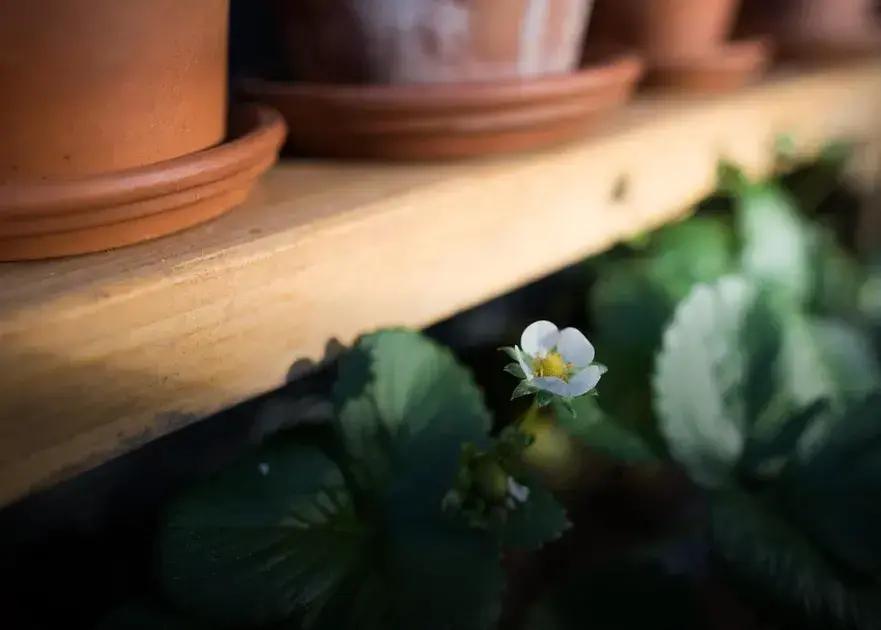
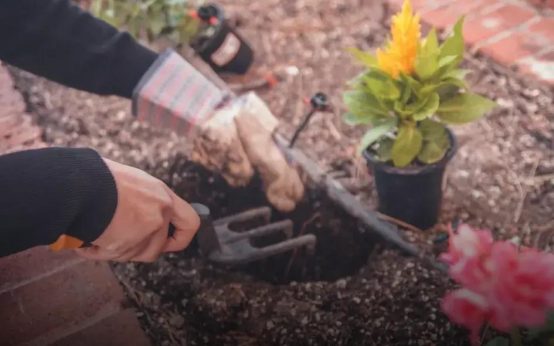 Tips for Growing Tomatoes That Actually Produce Fruit Easily
Tips for Growing Tomatoes That Actually Produce Fruit Easily 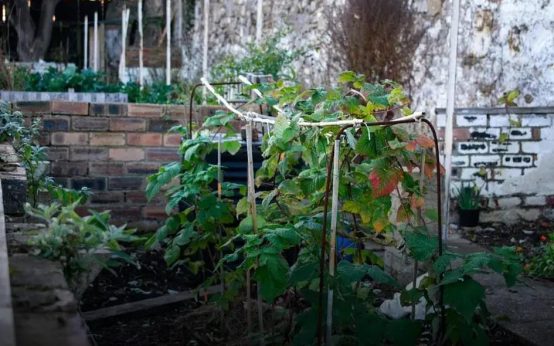 Companion Planting: Discover Plants That Thrive Together
Companion Planting: Discover Plants That Thrive Together 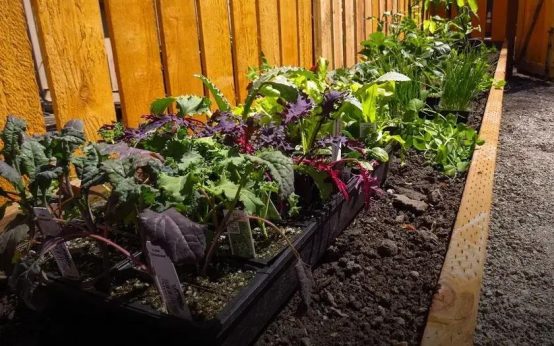 Starting a Vegetable Garden: Top Easy Crops to Begin
Starting a Vegetable Garden: Top Easy Crops to Begin